How to get better internet in your motorhome
Words by Will Hawkins
Getting a reliable and consistent mobile WiFi signal can often be difficult when you're holidaying on a campsite in a motorhome.
The free WiFi provided by many campsites only works when you’re next to the site office. WiFi dongles are usually good, but they can struggle to get a strong enough signal through the walls of your motorhome unless you place them on the roof.
The other challenge to consider is how many people are competing for bandwidth on a campsite’s WiFi. The service you get is directly proportional to how many people are on the system and the data they are using on it.
To help solve this, Maxview has created its ‘Roam’ system, which comes in two parts: an external antenna that fits on the roof, and an internal router, which you fit to a wall in a suitable spot. It has two functions: to provide a 3G or 4G signal and to connect to a WiFi hotspot.
Maxview recommends you use a professional installer to fit the Roam.
A professional installer will know where to drill the hole, how to install the roof antenna so it’s sealed and weatherproof, and the best place to install the router.
If you’re proficient at DIY, installing the Roam yourself is easy. The system comes ‘ready to fit’ with instructions. You’ll need some tools and a morning or afternoon to install it.
Having the option to use either 3G/4G or WiFi hotspots means you have flexibility from where you get internet access.
And, using WiFi hotspots means you can save your data allowance.
You can get this from your smartphone or on some tablets, and the big difference is the stronger signal you’ll get from the external antenna used in the Roam.
The antenna is fixed permanently to the roof (in a protective unit), so the signal you get (the so-called ‘gain’) is clear of possible interference from the motorhome or campervan’s walls.
The antenna is powerful and it connects to the internal router (made by Teltonika).
The router is password-protected and powered using either 12V or 230V electrics.
Maxview recommends the router and the antenna are fitted as close together as possible, using the supplied coaxial cables.
Where you place the router inside affects where you install the external antenna, so take time identifying a good spot inside.
The external antenna should have a 30cm space between it and the next roof feature to give the best signal.
The router can sit horizontally or vertically on a wall, but its antenna must be vertical. Position the router so there is enough space around it for the antenna to be vertical.
The 12V and 230V leads are long enough to give some flexibility on where you mount the router. But, play around with the router and its closeness to its power source before you commit to its final position.
When you’ve found the best position for the router and the external antenna, check the surface where you plan to place the antenna. The external antenna needs to sit on a clean, flat surface.
If you don’t have a suitable spot for it or have a ridged roof, don’t worry. Maxview has a special fitting kit (sold separately), which is a U-shaped plate that you affix the Roam to. The fitting kit includes screws to secure the mount on the roof and cable ties.
If you don’t require the fitting kit, the standard external antenna has a pre-installed sticky pad on its base and a clamp to fix it securely to the roof. The standard installation is suitable for roofs up to 50mm thick, which is fine for most motorhome roofs.
You might already have a point in your roof to thread the coaxial cables through. You can buy an extension cable to give you more options on where you fit the antenna.
The Maxview Roam 3G/4G is straightforward to fit for many owners and it will give you internet access that’ll be the envy of other motorhomers on site.
The Roam costs £349.99 (if you fit it yourself). An installer adds to the cost. Once you’ve used the Roam in your motorhome, you will wonder how you managed without 3G/4G internet access like this.
To get 3G/4G coverage, you insert a SIM card from whichever network provider you use.
That gives you the flexibility to connect to the internet via the cheapest or most reliable service provider, whether you are in the UK or touring abroad.
How much 3G/4G data you need, when not on a WiFi hotspot, depends on what you intend to use it for. Streaming or downloading TV takes a lot of data.
If you watch a lot of videos get a SIM with a bigger data allowance. Whereas, for downloading emails without attachments, 12GB would be enough to download tens of thousands of them.
Maxview sells data SIM cards from Three, which has good coverage in the UK and across many European countries.
The next generation of mobile WiFi is 5G. Currently 5G availability is low in the UK and it will be some time before the network providers roll out 5G infrastructure across the UK. For the time being, 3G/4G will be with us and the norm for many years yet.
The equipment you need to install the Maxview Roam system
Maxview Roam (Part no MXL050) kit
Surface cleaner
Emery paper
Hacksaw
Crosshead screwdriver
Power drill
2.5mm drill bit
25mm hole saw
Installing the external antenna
1. Put the supplied template on the spot you've previously identified. Mark out the centre of the 25mm roof hole and the outside of the template to show where you'll put the antenna.

2. Drill a 2.5mm pilot hole. Next, use the 25mm hole saw to drill the main hole out. Get rid of any debris and sand off any rough edges (to prevent chafing on the coaxial cable).
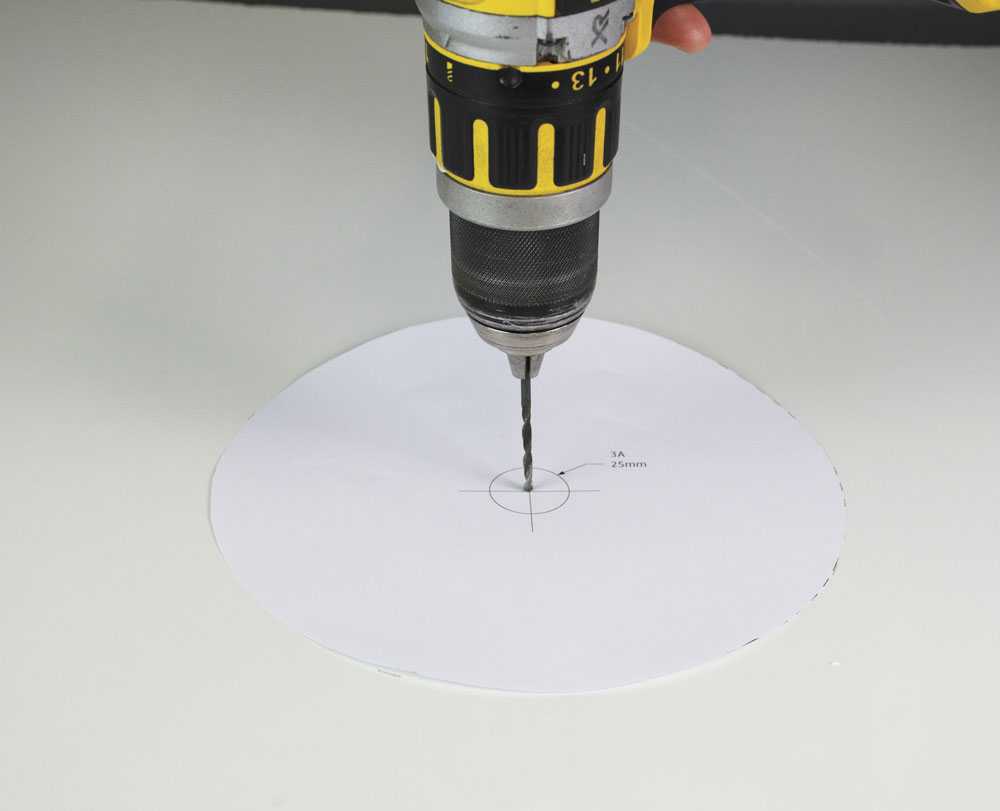
3. Put the antenna clamp through the hole in the roof from the outside, so you can measure the depth you need before trimming off any excess length. Mark it off. You must go inside to measure it.
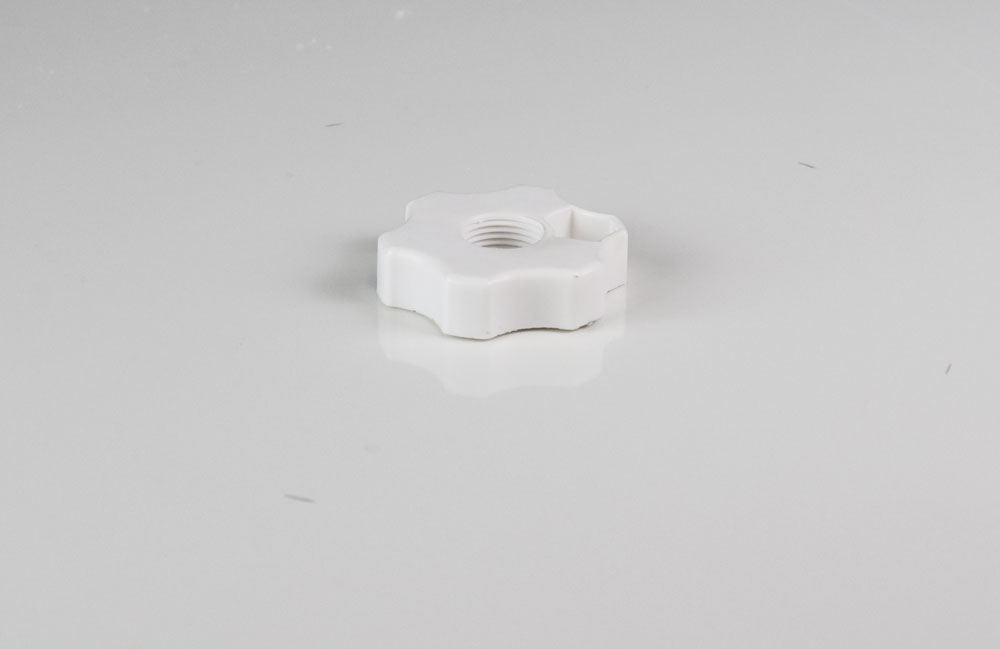
4. Take the clamp out and, using your hacksaw, cut off the excess 3mm in from the marked position. This means you'll get a tight fit and prevent water ingress.
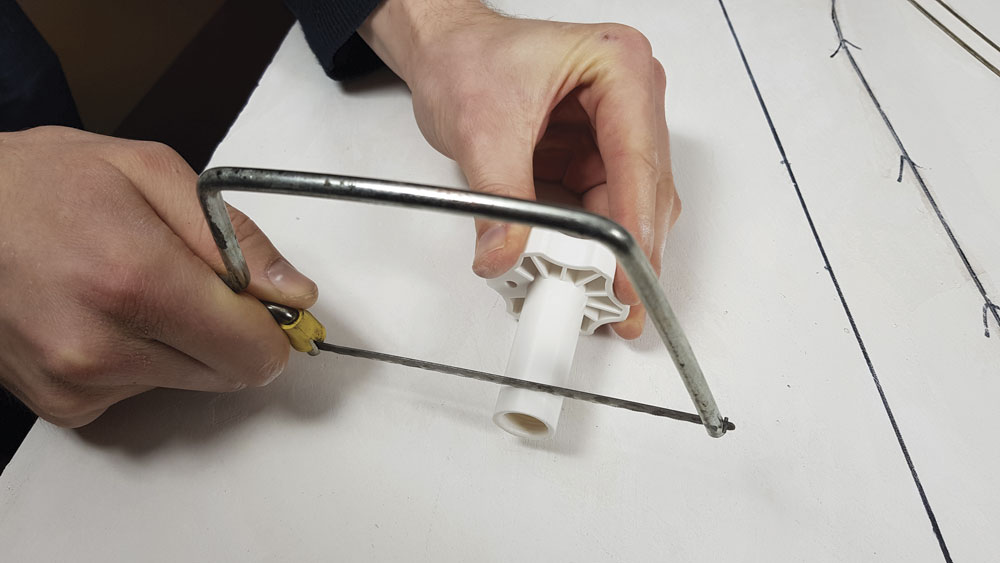
5. Before you do anything else, clean the surface where you'll mount the antenna. You need to get rid of any grease, algae or dirt.
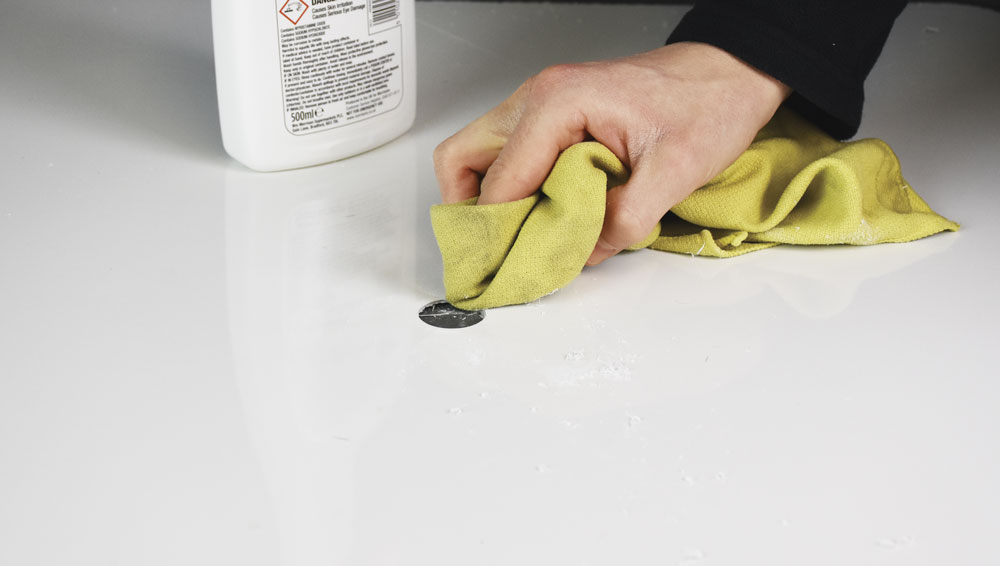
6. Then place the main antenna into position and thread the coaxial cable through the hole. The 3M sticky pad is strong, so don't fix it to the roof until you're sure it lines up correctly with your markings.
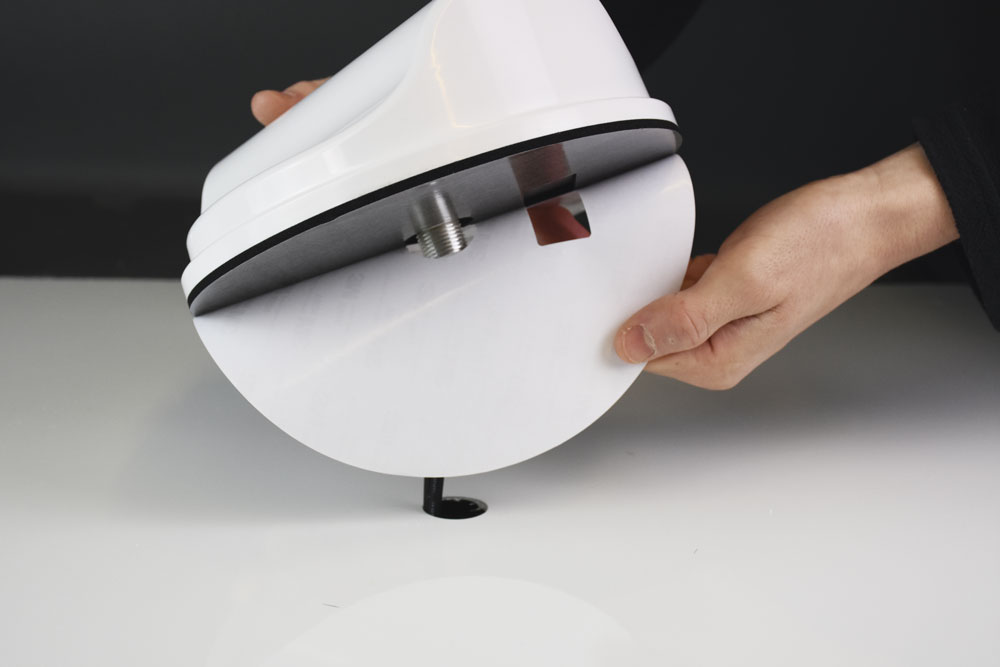
7. From inside, thread the cable through the centre of the clamp. Insert the clamp into the hole and tighten it firmly so you get a perfect seal.
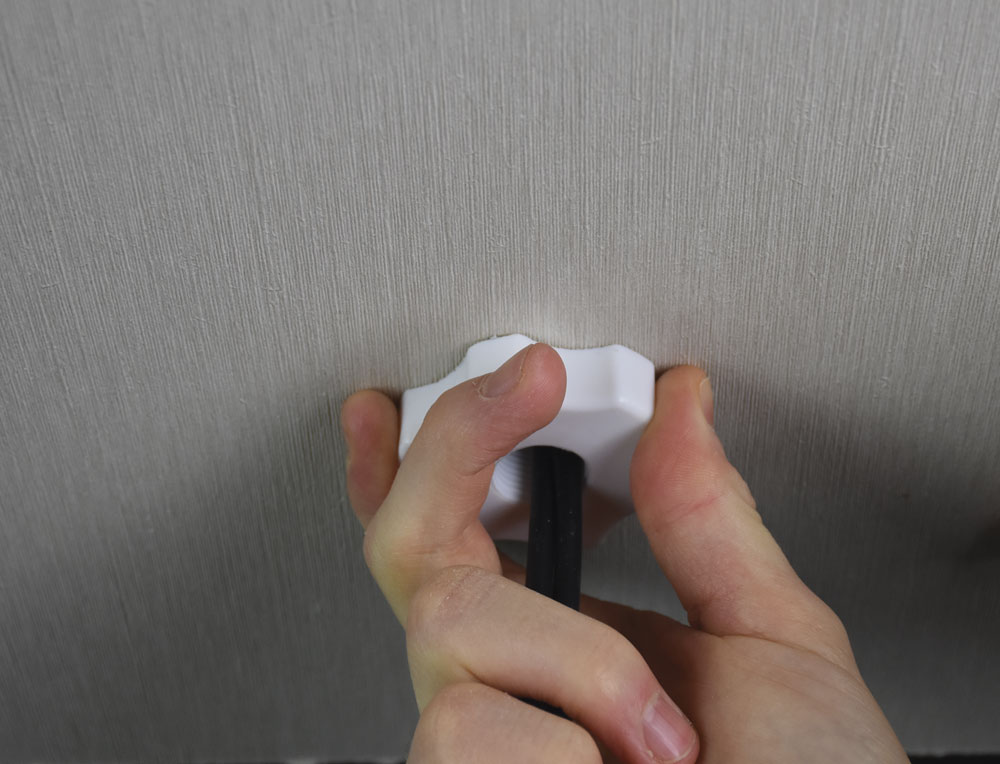
8. Finally, take the no6 screw, put it into the hole in the clamp and screw it in to stop the clamp loosening.
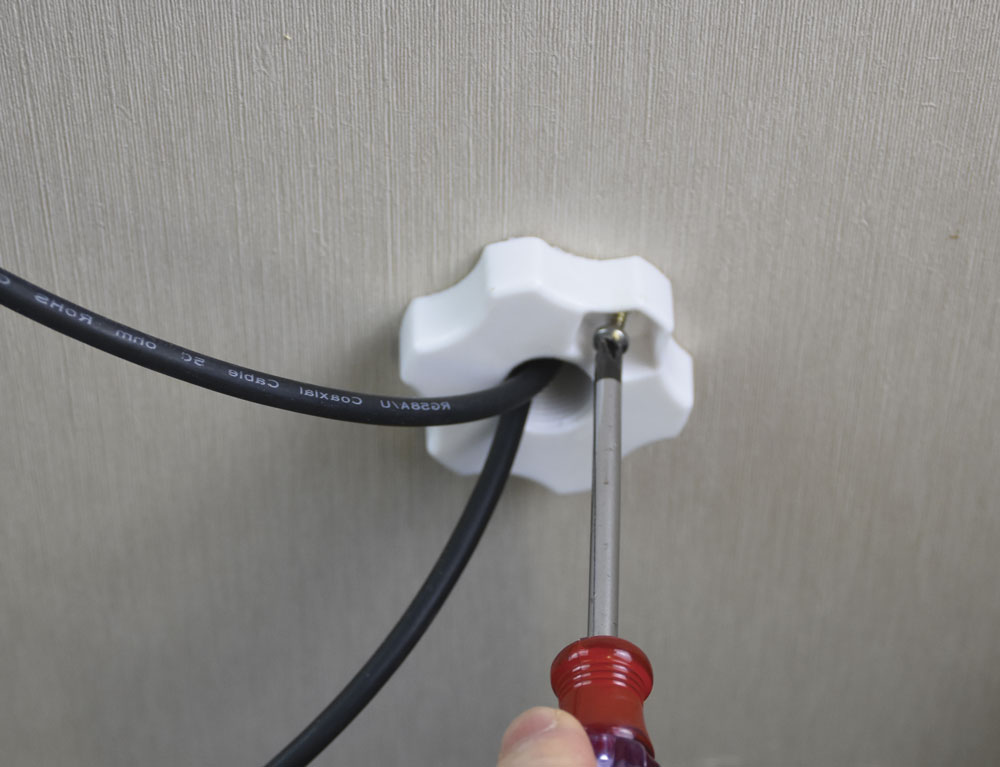
Installing the router
1. Use the black plastic router bracket to mark the screw holes using a pencil. Then, drill two pilot holes for the no6 screws.
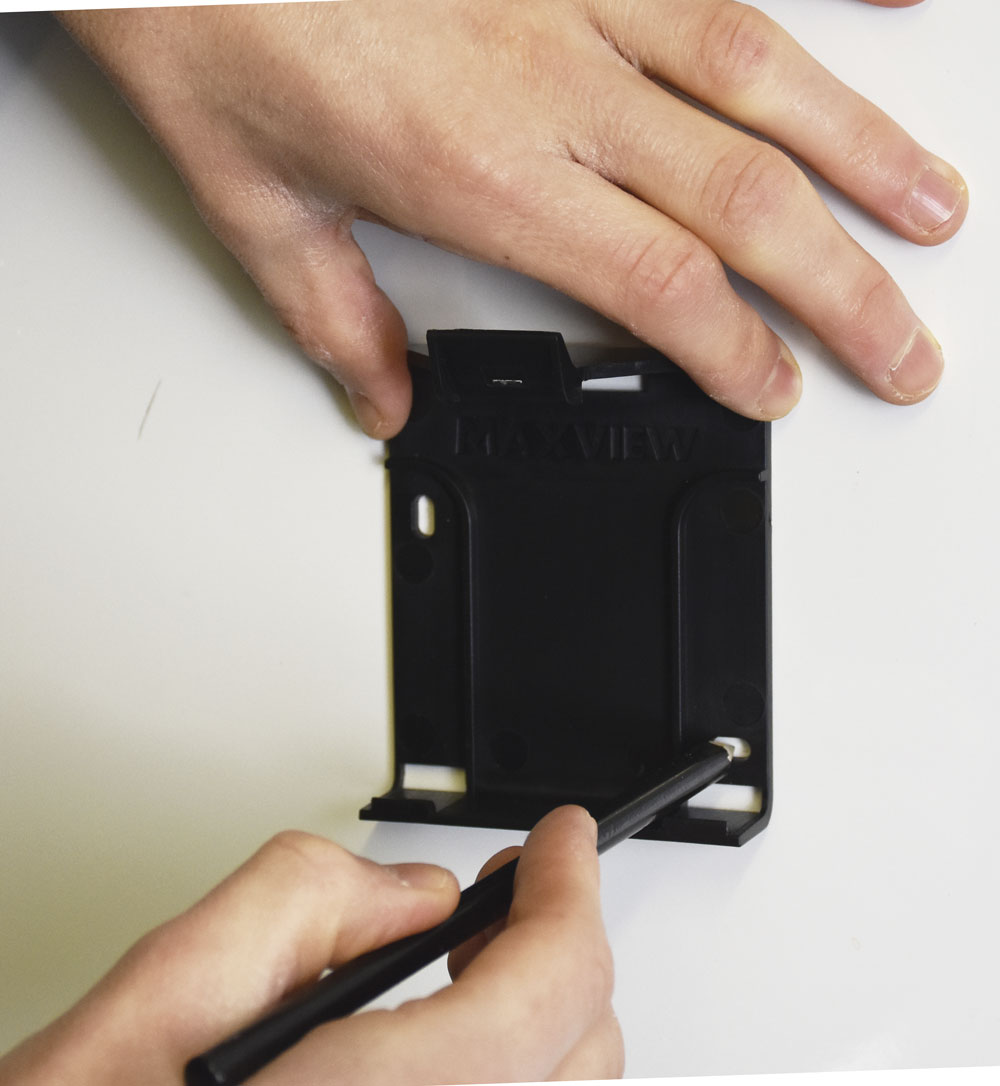
2. Take the SIM card holder out using the pin provided and put in the SIM card you want to use.
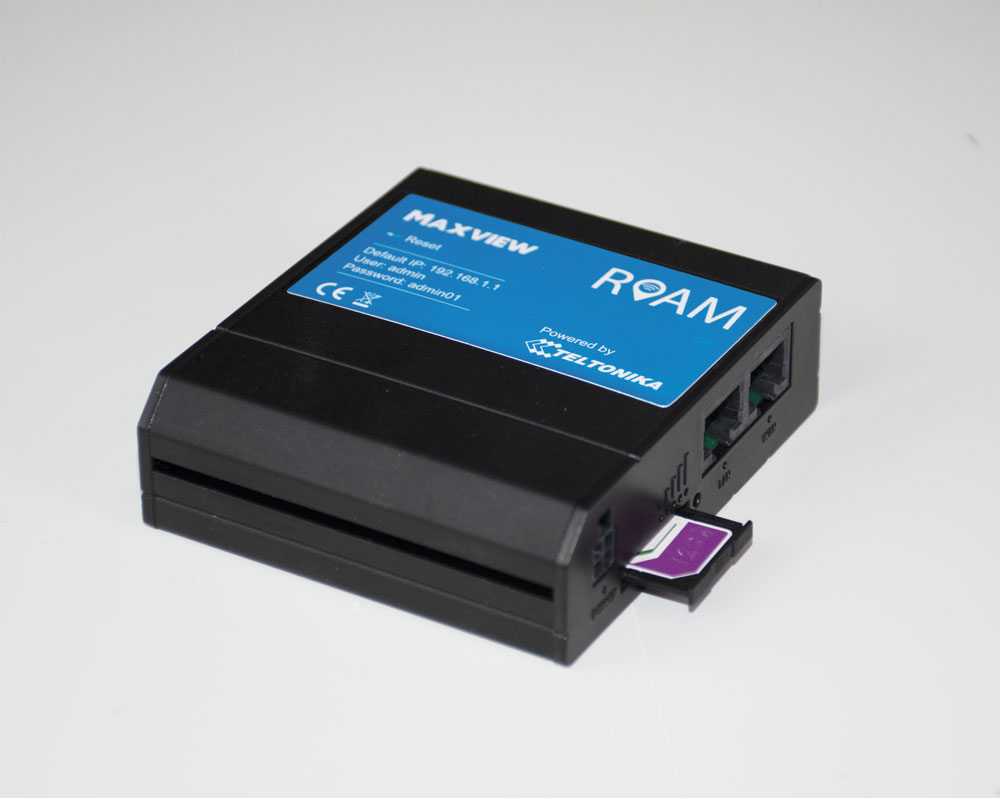
3 Now attach the coaxial antenna cables to the 'mobile' connectors on the bottom of the router. And then connect the internal WiFi antenna.
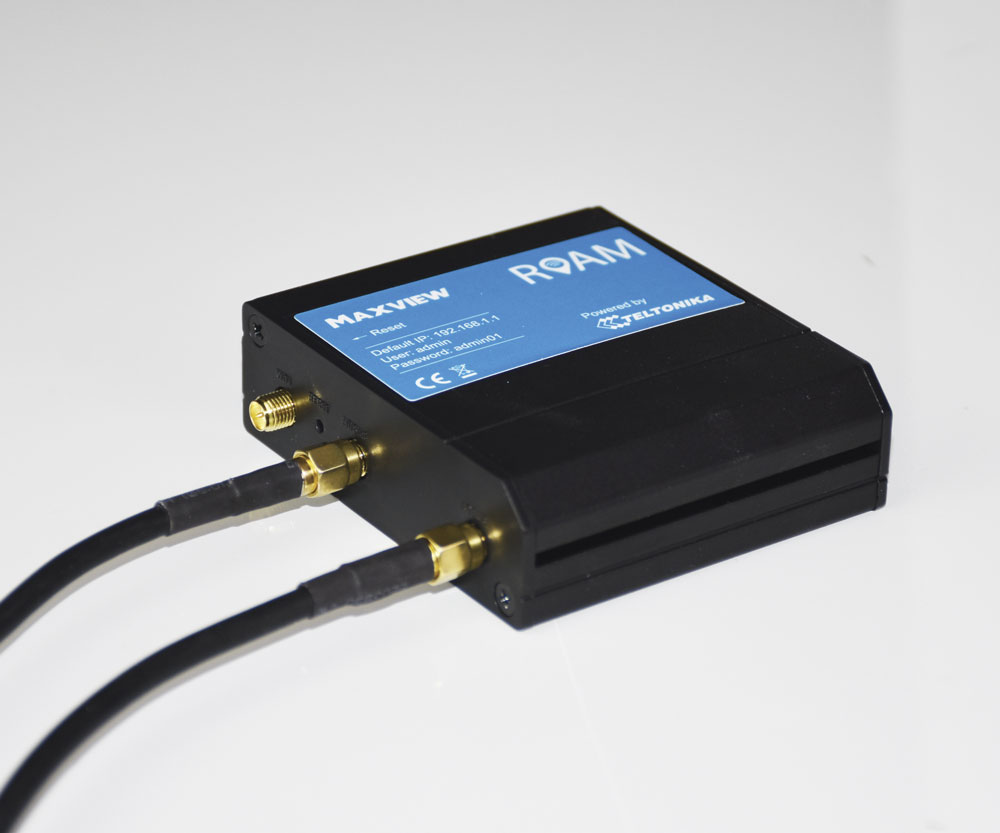
4 Turn the router over to see the SSID and password and make a note of them. You can scan the QR code to connect to it, as an alternative.
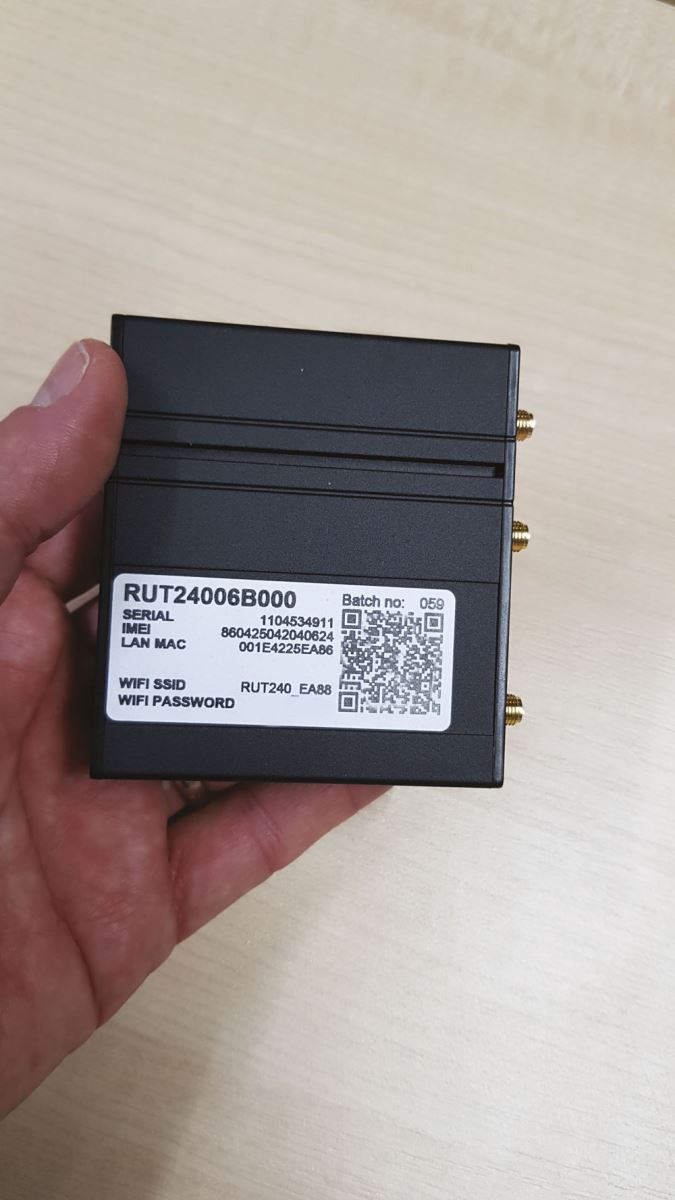
5. Insert the router into the bracket. Tidy up the cabling between the units, plug in the 230V or 12V power and get your devices ready to connect to the 3G/4G signal.
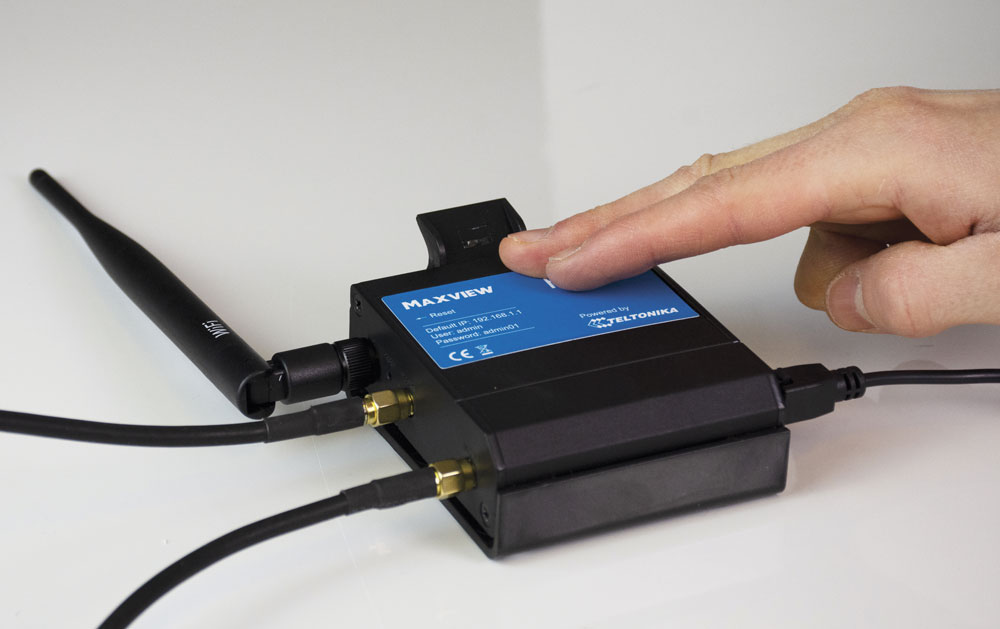
6. Now, search for the SSID of the router (using the information in step 4) with your phone, connect and then type in the password. That's it - you are now connected and ready to surf!
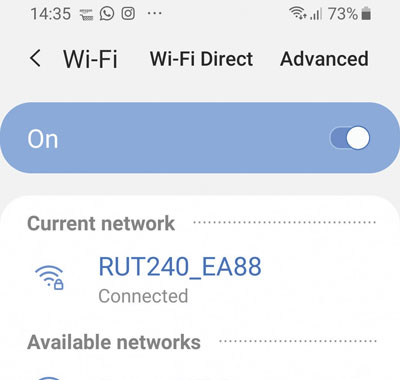
Contact for Maxview
Phone: 01553 811000
Website: maxview.co.uk








Recent Updates
Engine management lights: all you need to know
What is the engine management light? What does it mean, and what do I have to do? ...
Motorhome air suspension: all you need to know
Motorhomes are heavy and the additional weight of equipment and height of the bodywork can increase the loads ...
Motorhome WiFi: how to get better motorhome internet
Staying connected on the move is more and more essential, so relying on campsite WiFi isn't an option – here ...
A class of their own - our guide to A-class motorhomes
Thinking of trading up to an A-class, or even going straight to the top of the motorhome tree? We guide you ...
Explore overseas on a motorhome dream tour
Enjoy exotic travel in a campervan or motorhome by hiring, swapping with someone else or exporting your ...
Motorhome water systems: everything you need to know
On-board water is an important part of every motorhome – here’s everything you need to know ...
Campervanning in Europe: what you need to know
Whether you're planning a leisurely drive through the French countryside, navigating bustling city streets in ...
Campervan security: all you need to know
With thefts on the increase, it’s important to know how to keep your campervan secure and prevent campervan ...
Campervan furniture: everything you need to know
Our campervan experts guide you through all the essentials for your campervan, including tables, chairs, ...
Campervan finance: how to fund your purchase
Here we look at the different types of campervan finance available, to help you decide what’s the best option ...
Other Articles
Britain’s best used motorhomes
Want a great motorhome without paying the premium for a new one? Here's a guide to the best you can get in the pre-owned market for each layout, ...
Which motorhome? Choosing the perfect motorhome for you
Choosing a motorhome or campervan is one of the biggest buying decisions you’ll ever make, so it's important ...
Campervan washroom essentials: stay fresh on the road
Our guide will take you through the campervan washroom essentials you'll need so you're well-prepared for ...
Dogs in campervans: all you need to know
Follow our advice and your dog will enjoy campervanning as much as you do ...
Electric campervans: all you need to know
Our guide will take you through everything you need to know about electric campervans and what the future ...
Motorhome electrics: a complete guide to your motorhome electrical set-up
Motorhome electrics can dramatically enhance the convenience and comfort of your vehicle – but they can be ...
Lighting for campervans: all you need to know
We guide you through all the lighting options available for you and your campervan, including interior ...
Electric bikes for motorhomes: our ultimate guide
Read our comprehensive guide to electric bikes for motorhome owners, helping you add electric power to your ...
Our guide to 'cheap' motorhomes in 2024
If you're on the hunt for an affordable new motorhome, this is the best place to start – we've rounded up a ...
Campervans in winter: all you need to know
Here's your guide to preparing your campervan for the colder months, whether you will be using it or putting ...